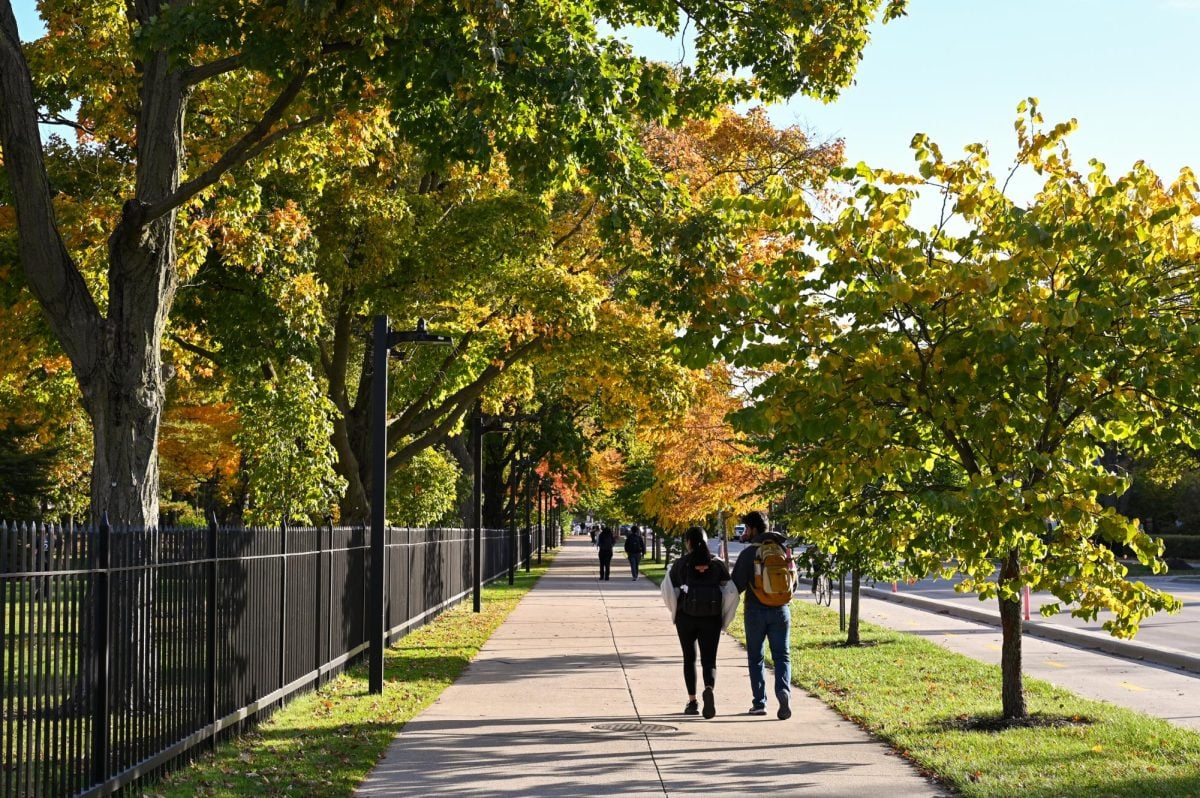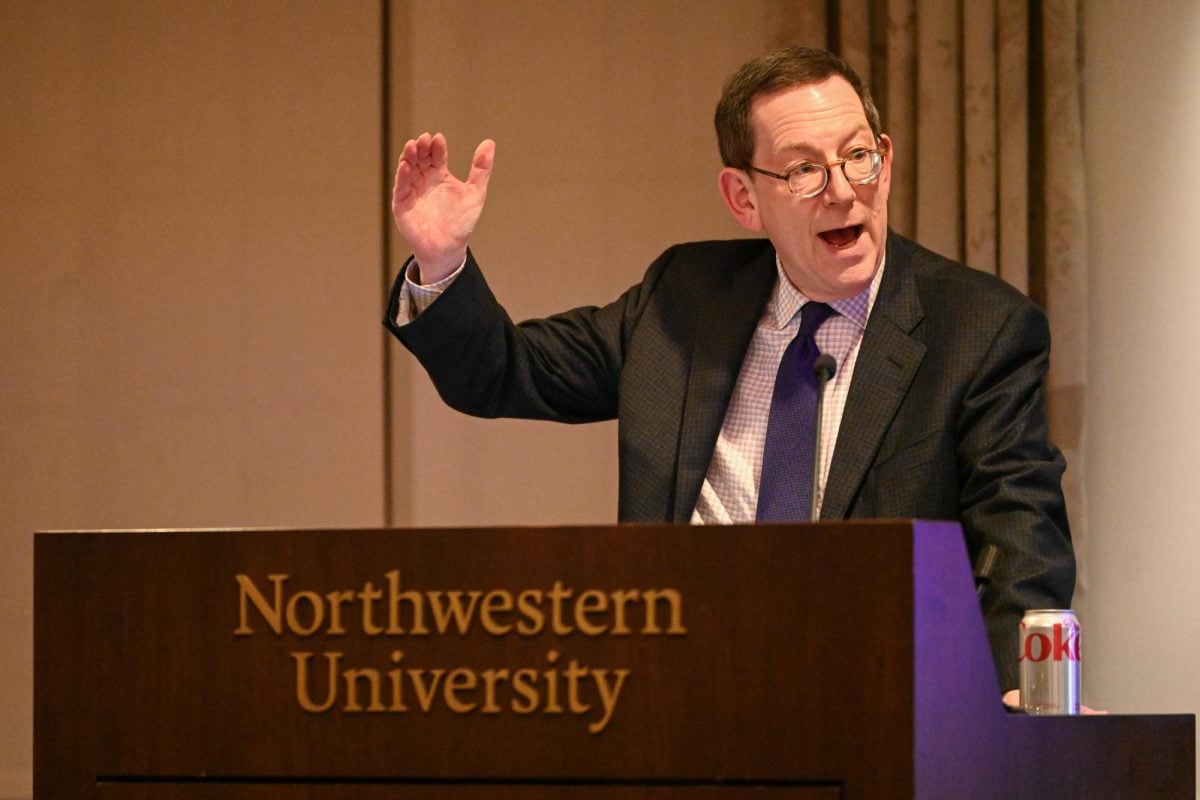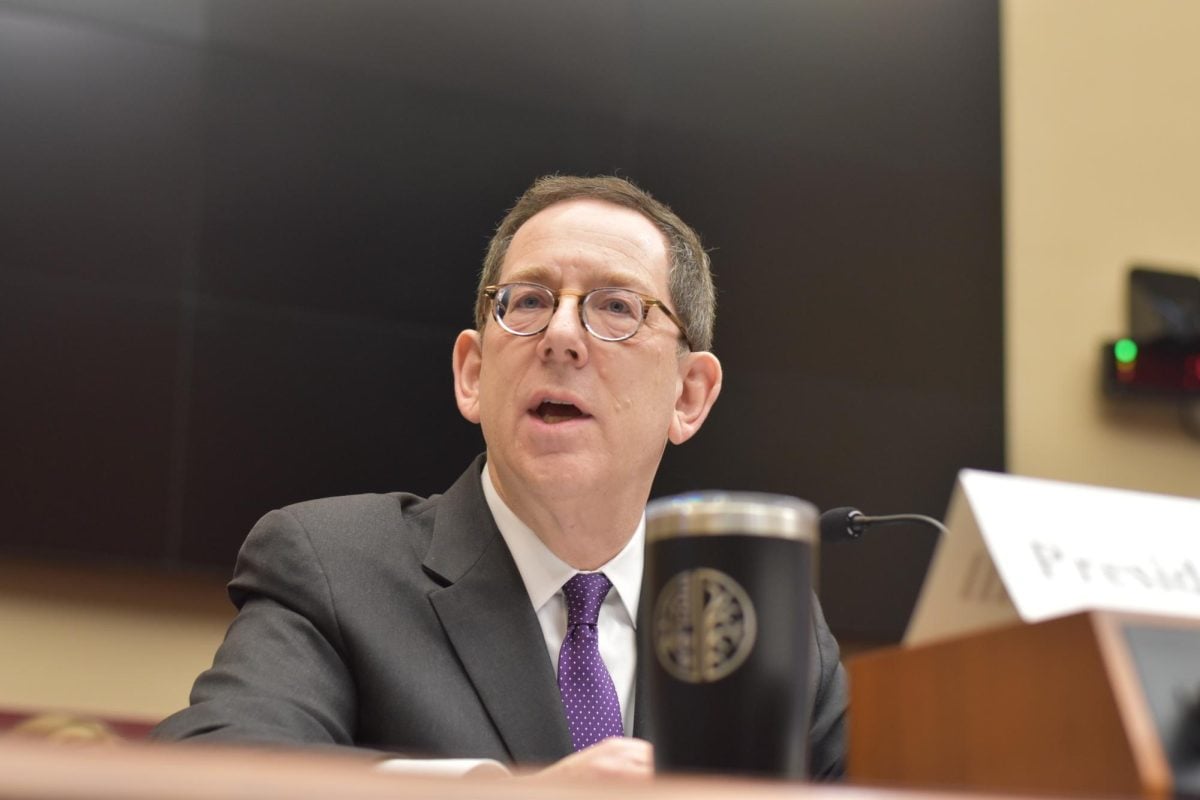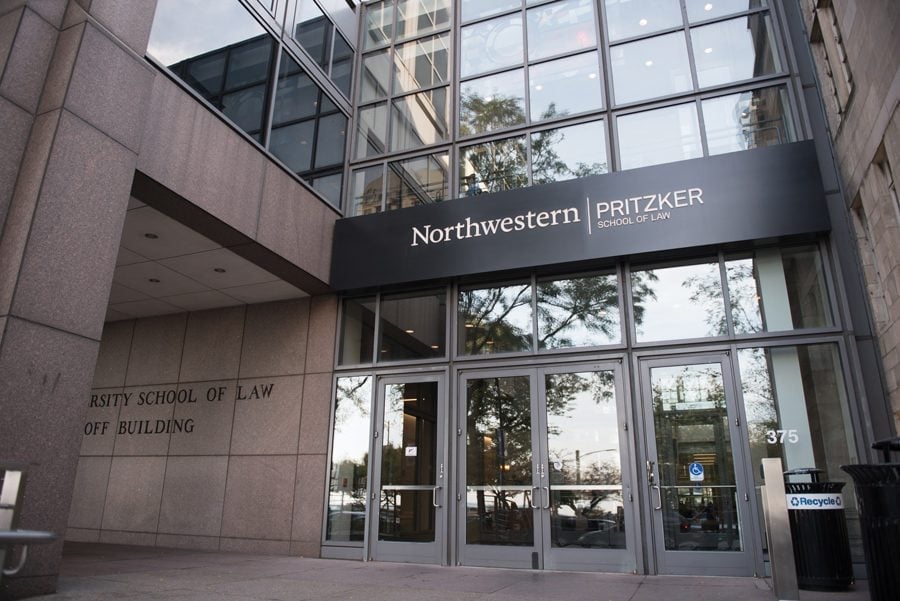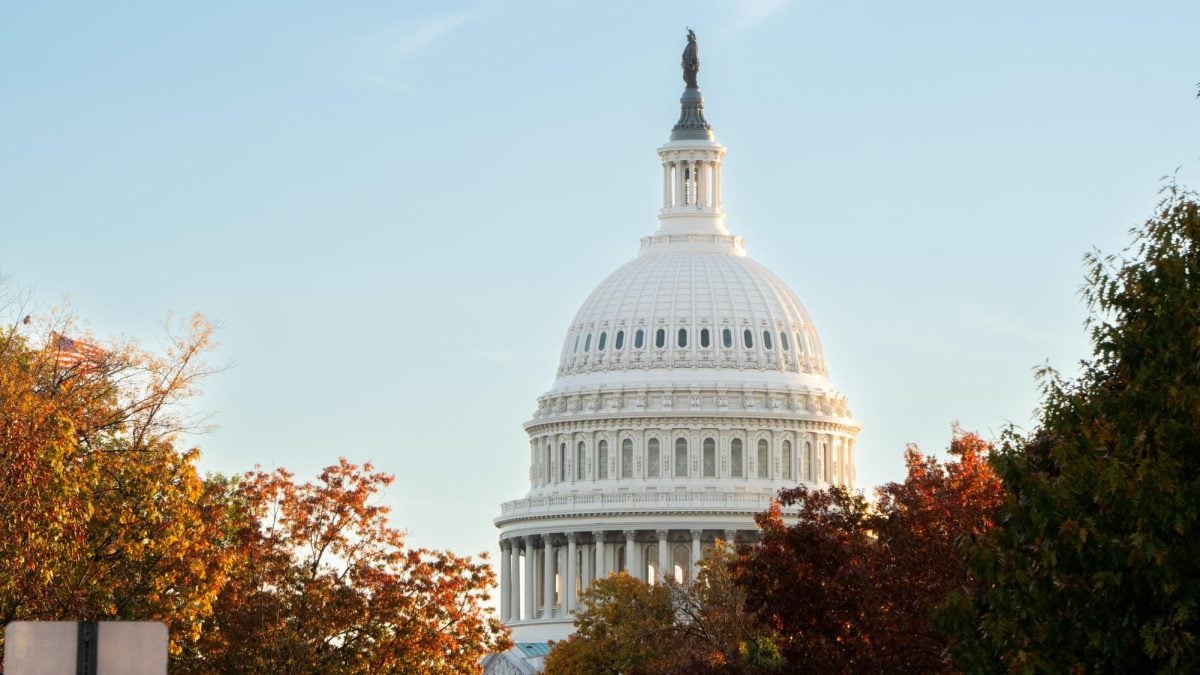President Barack Obama announced Wednesday the steps his administration is taking toward making college tuition more affordable and simplifying the federal loan repayment process for students.
Addressing about 4,000 students at the University of Colorado-Denver, Obama detailed the new “Pay As You Earn” program, which aims to consolidate student loans, cap monthly loan payments based on discretionary income and give discounts to an estimated 1.6 million student borrowers, according to a fact sheet released by the White House Office of the Press Secretary.
The proposal, slated to go into effect in January, will help alleviate the financial burden college tuition places on struggling families, said Melody Barnes, Obama’s domestic policy adviser and director of the White House Domestic Policy Council.
“The sad reality is that a number of families, because of the recession, have had to borrow more, and that’s why student debt rates have been increasing,” Barnes said in a conference call. “We know people can’t wait, and that’s why we’re not waiting to try to do everything we can to make college more affordable.”
This year, student debt in the U.S. is expected to approach $1 trillion.
The proposal comes two weeks after a Forbes report recently named Northwestern the ninth costliest university in the country. The report estimated that the yearly cost to attend NU totals $56,406.
“We are a high-tuition, high financial aid school, and that’s sort of the model,” Michael Mills, associate provost for university enrollment, told The Daily Oct. 12.
For Communication senior Dal Ackerman, who has received both NU grants and federal loans, financial aid has helped with NU’s high price tag. He said the proposal would benefit cash-strapped students who are unsure if they can afford college.
The University awards more than $100 million in financial aid to undergraduate students each year, according to NU’s Undergraduate Financial Aid website.
“That seems like a really good idea,” Ackerman said. “Anything that provides some type of financial help for people that otherwise might not go is definitely a good step.”
The current income-based plan, enacted last year, caps student loan monthly payments at 15 percent of discretionary income.
Although the cap is scheduled to decrease to 10 percent July 1, 2014, the “Pay As You Earn” proposal would allow borrowers to take advantage of this decrease as soon as January.
In conjunction with the proposal, the Consumer Financial Protection Bureau introduced a draft of its “Financial Aid Shopping Sheet,” a one-page form that displays the type and amount of financial aid students are qualified to receive. The sheet allows students to compare financial aid packages from different universities and outline loan payments after graduation.
Raj Date, special advisor to the secretary of the treasury for the CFPB, said the shopping sheet will simplify the financial aid application process for students.
“Right now the financial aid process is complex and confusing,” Date said in a conference call. “It’s hard for students to compare offers from different schools. Students can’t easily determine how much debt they’re taking on or gauge how much debt is too much debt.”
This sheet could assist students who largely base their college decisions on financial aid offers, such as Weinberg senior Annie Nash.
Nash receives financial aid through the federal government and the NU work-study program. She said financial aid played a big role in her choice to attend NU.
“It’s really one of the reasons why I considered coming here in the first place,” she said. “If Northwestern had not made my attendance financially feasible for me, I would not have considered coming here.”
Government officials hope the additions to the federal financial aid programs will encourage more students to pursue a college education, U.S. Secretary of Education Arne Duncan said.
Duncan said increased college graduation rates are vital for getting the American economy back on track.
“We need a much better educated workforce,” Duncan said in a conference call. “We actually have about two million high-skill, high-wage jobs available today in our country that are unfilled because we’re not producing the knowledge workers with the skills necessary to fill those jobs.”
